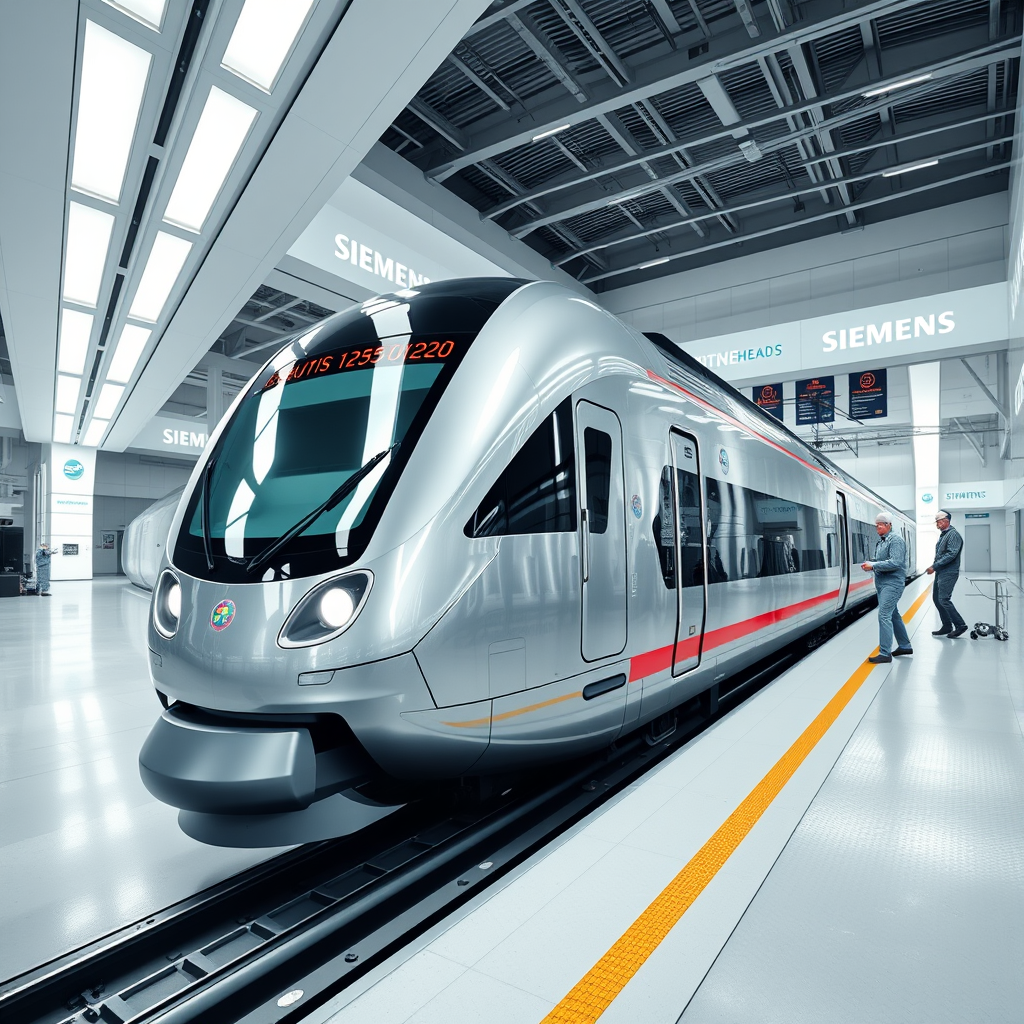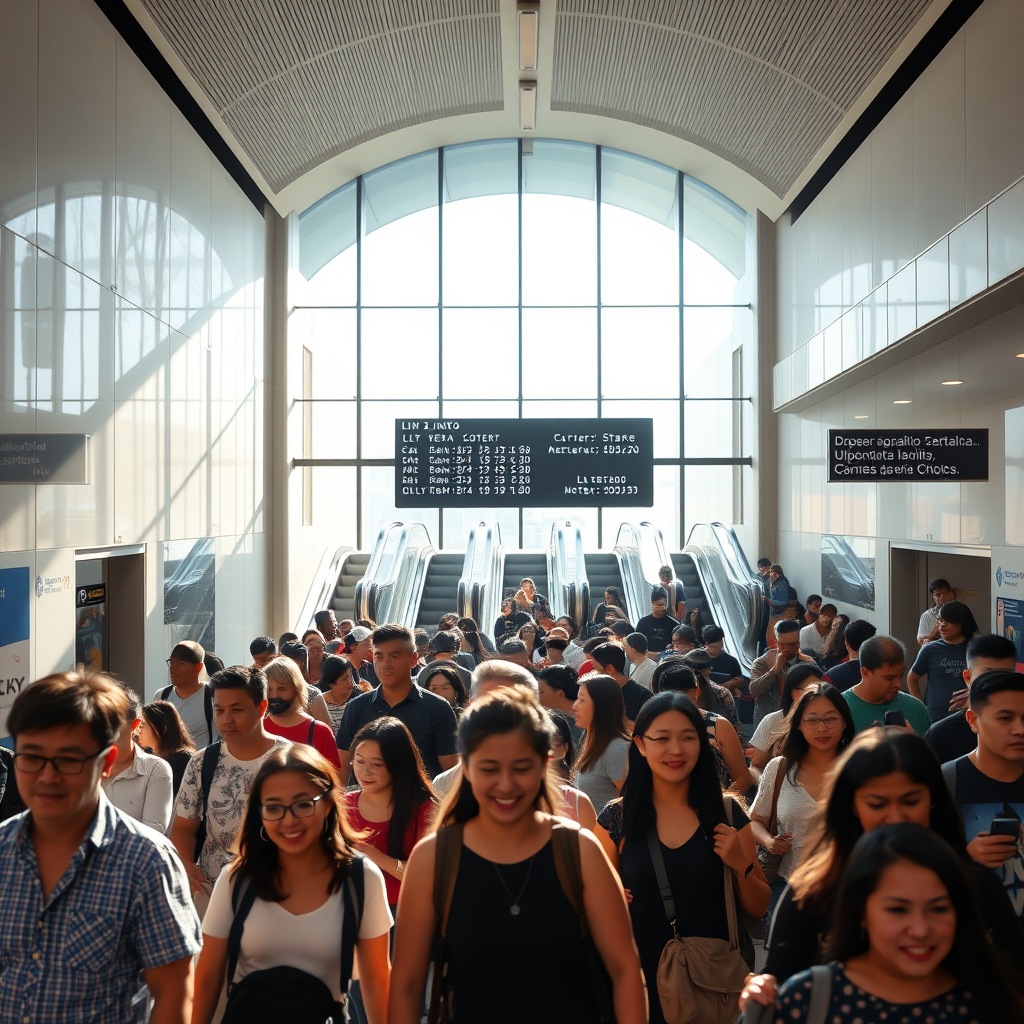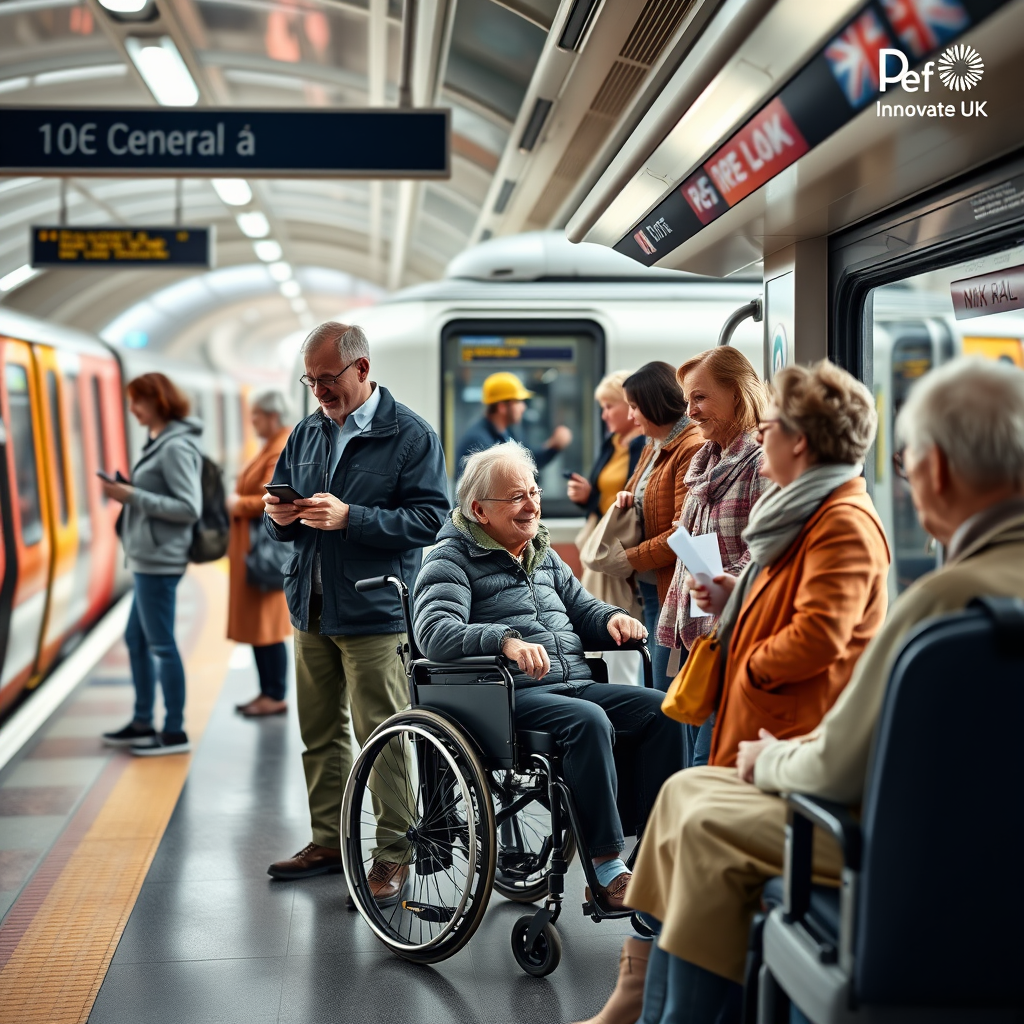Siemens Fuels US High-Speed Rail Boom

The burgeoning high-speed rail sector in the United States is poised for significant growth, fueled by ambitious projects like Brightline West connecting Las Vegas and Los Angeles. This article explores the pivotal role of Siemens Mobility in this expansion, focusing on their strategic decision to establish a state-of-the-art manufacturing facility in New York. This facility signifies a substantial investment in American infrastructure and represents a landmark moment for the domestic high-speed rail industry, potentially catalyzing further investment and development within the sector. The establishment of this factory not only highlights the growing demand for high-speed rail technology but also underscores the economic and employment opportunities associated with this emerging market. We will examine the factors driving this investment, the implications for job creation and technological advancement, and the potential broader impacts on the future of transportation in the United States.
Siemens’ Strategic Investment in US High-Speed Rail Manufacturing
Siemens Mobility’s decision to construct a $60 million, 300,000-square-foot high-speed rail manufacturing facility in Horseheads, New York, marks a significant commitment to the American market. This facility, slated to commence production in 2026, will primarily manufacture American Pioneer 220 trainsets for Brightline West’s Las Vegas-Los Angeles route. The choice of location reflects several key factors: a readily available skilled workforce, a rich industrial heritage in the region, and supportive local government incentives. The facility is expected to create approximately 300 jobs, further boosting the local economy and fostering the development of a skilled workforce specialized in high-speed rail technology. This strategic move by Siemens positions them as a key player in the nascent US high-speed rail industry.
Brightline West: A Catalyst for High-Speed Rail Development
Brightline West’s ambitious project to connect Las Vegas and Los Angeles acts as a powerful catalyst for the development of high-speed rail infrastructure in the United States. By ordering 20 American Pioneer 220 trainsets from Siemens, Brightline West is not only securing reliable rolling stock for its operations but also driving the establishment of a domestic manufacturing base. This initiative has the potential to stimulate further investment in similar projects across the country, creating a ripple effect across the transportation sector. The successful implementation of Brightline West will serve as a compelling case study, showcasing the viability and economic benefits of high-speed rail in the US context. The partnership between Brightline and Siemens demonstrates a clear commitment to building a robust and sustainable high-speed rail system.
Job Creation and Economic Impact
The Siemens facility in Horseheads is projected to generate around 300 direct jobs, with potential for a much larger indirect economic impact through the creation of supporting industries and services. Furthermore, the development of a skilled workforce specializing in high-speed rail technology will have long-term implications for the industry’s growth. The union agreement with the International Association of Machinists (IAM) ensures fair labor practices and provides job security for employees. This investment goes beyond immediate employment; it fosters a sustainable, skilled workforce crucial for future expansion within the high-speed rail sector in the US. The economic ripple effect extends beyond the immediate employment figures, boosting local businesses and attracting further investment.
Technological Advancement and Future Prospects
The introduction of advanced high-speed rail technology, such as the American Pioneer 220 trainsets, will significantly enhance the efficiency and capacity of the US transportation network. This advanced technology not only improves passenger comfort and speed but also represents a significant step towards more sustainable transportation solutions. Siemens’ involvement signifies the transfer of cutting-edge manufacturing techniques and expertise to the United States. The company’s participation in the bidding process for the California High-Speed Rail Authority (CHSRA) project further underscores their commitment to shaping the future of high-speed rail in the country. The successful completion of these projects could establish a template for future high-speed rail developments nationwide.
Conclusion
The Siemens Mobility investment in a high-speed rail manufacturing facility in New York represents a transformative moment for the US high-speed rail industry. The establishment of this factory, driven largely by Brightline West’s commitment to high-speed rail and Siemens’ strategic vision, signals a significant shift towards domestic manufacturing and technological advancement in this sector. The project’s impact extends beyond the creation of hundreds of jobs; it fosters economic growth, stimulates technological innovation, and promotes the development of a specialized workforce. The successful execution of Brightline West, relying on Siemens’ domestically manufactured rolling stock, could serve as a powerful catalyst for future high-speed rail projects nationwide. The collaboration between Brightline West and Siemens, and Siemens’ active pursuit of further projects such as the CHSRA initiative, paints a promising picture for the future of high-speed rail transportation in the United States. This proactive approach, marked by substantial investment and a commitment to technological advancement, sets the stage for a more efficient, sustainable, and economically vibrant transportation system.




